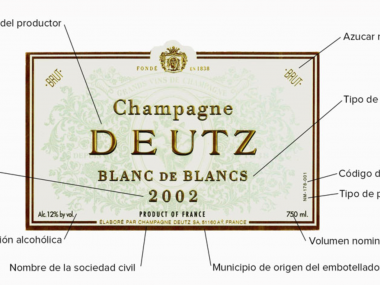Before there were glass bottles in the 15th century and even before, most wines were stored and sold in wooden barrels. Although we have outgrown the need for wooden barrels to store and transport wine, oak barrels are still a key part of modern winemaking.
What effects do oak barrels have on wine?
Oak has three major effects on wine, which is why it is essential in the winemaking process. First, it adds flavor compounds, which include aromas of vanilla, cloves, smoke and coconut.
Second, it allows the slow entry of oxygen, a process by which the taste of the wine becomes softer and less astringent. Finally, it provides the environment for certain metabolic reactions to occur, such as malolactic fermentation, which is responsible for making wines taste creamier.
What flavors does the passage of wine through oak barrels add?
Unlike beer, wine does not allow for flavor additives. The oak, then, could be considered as the accepted way to manipulate the taste of wine. When a wine spends time in wooden barrels, the flavors of the oak combine with its own to create a wide variety of new nuances.
Oak flavor compounds are very diverse, and can include everything from dried fruits, to burnt sugar, to coconut and vanilla notes.
In addition, the wood adds tannins to the wine, giving it both a bitterness and astringency. Wines with a longer period of aging in barrels will have a much greater concentration than young wines.
Does size matter?
The answer is a resounding yes. Indeed, the larger the barrel implemented in the winemaking process, the less oak lactones and oxygen are imparted to a wine. Barrels are traditionally 225 liters.
Different types of oak used for winemaking
As for the type of wood used for aging, oak is the most common type of wood and the one that provides a rounder and softer flavor. The two best known species are European white oak and American white oak. European oak is found in France, Hungary, Slavonia (Croatia), while American oak is found in Missouri and the Midwest.
The major difference between these two oak species is in their density. European oak tends to be denser (more spaced rings), which means it imparts less lactones and oak oxygen than American oak.
While European oak is ideal for light wines made from Pinot Noir or Chardonnay, American oak can be perfect for more structured wines made from, for example, Cabernet Sauvignon or Petit Syrah.






